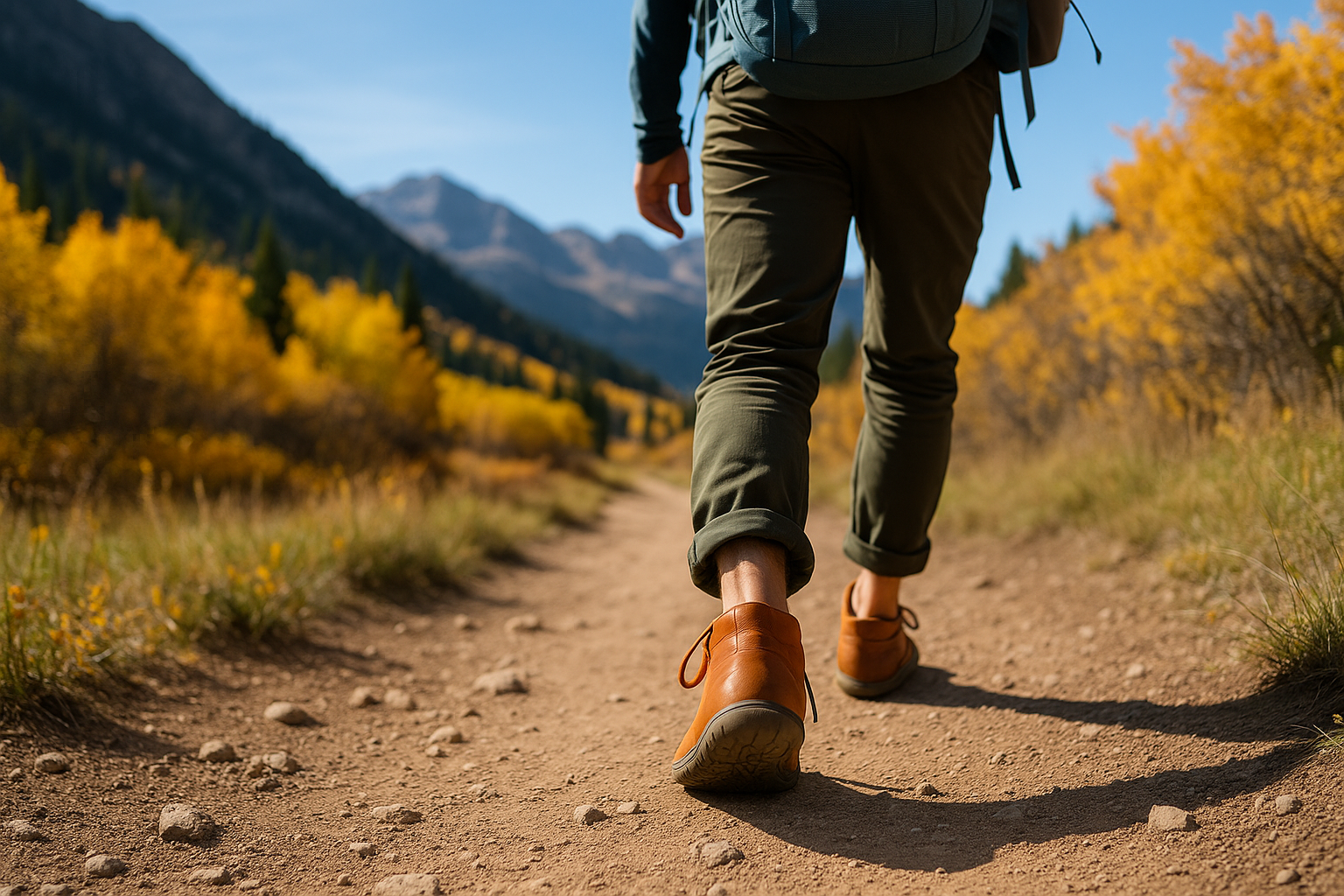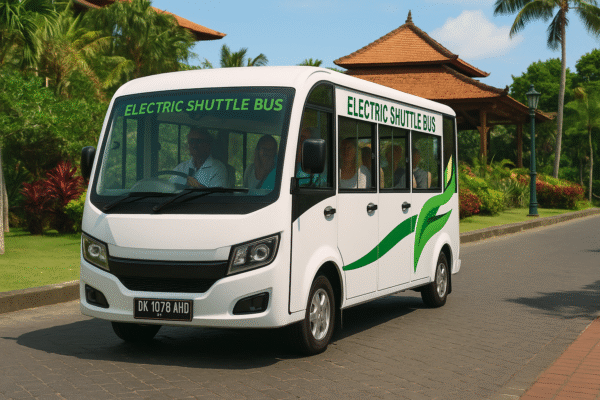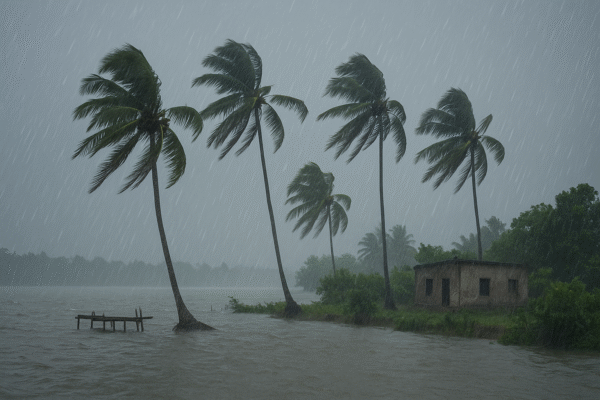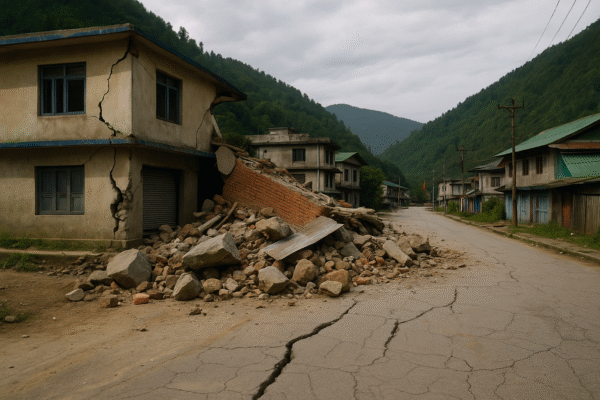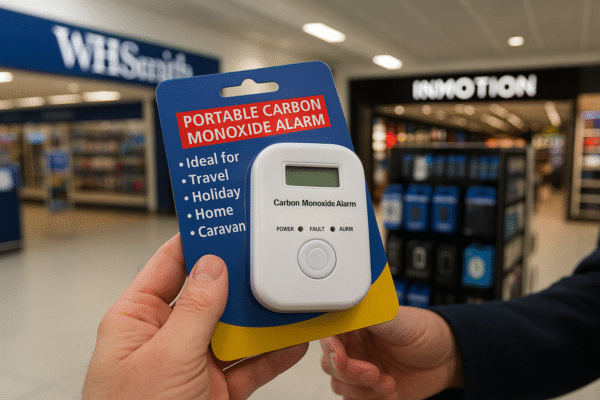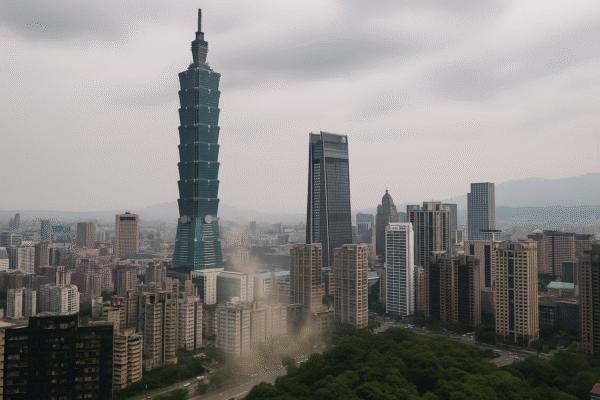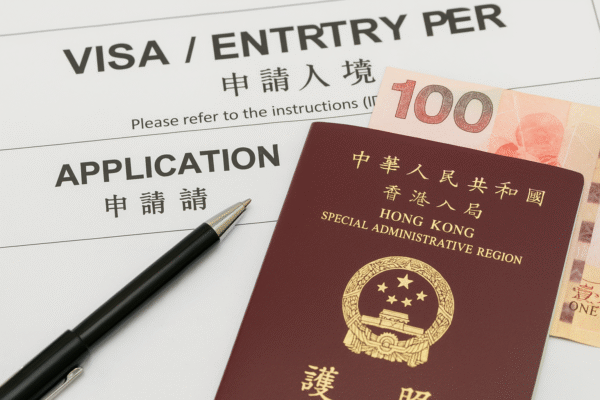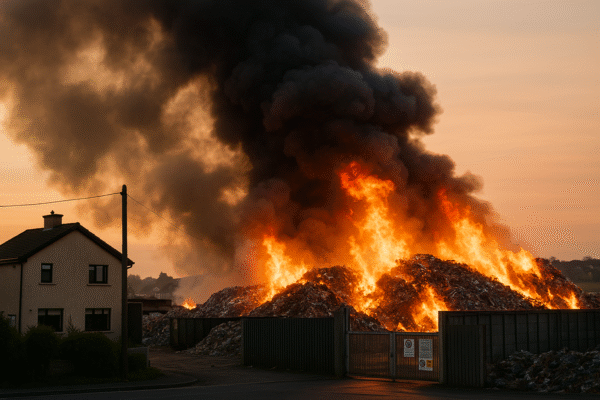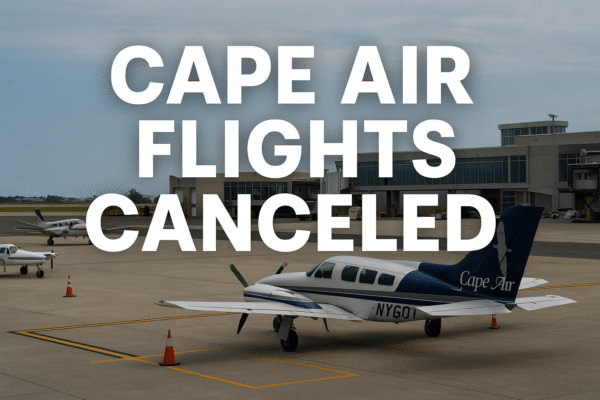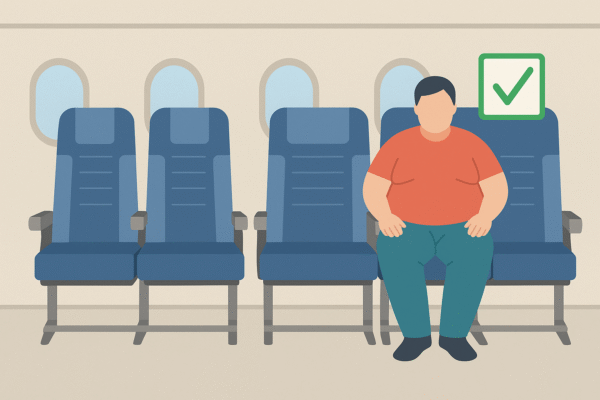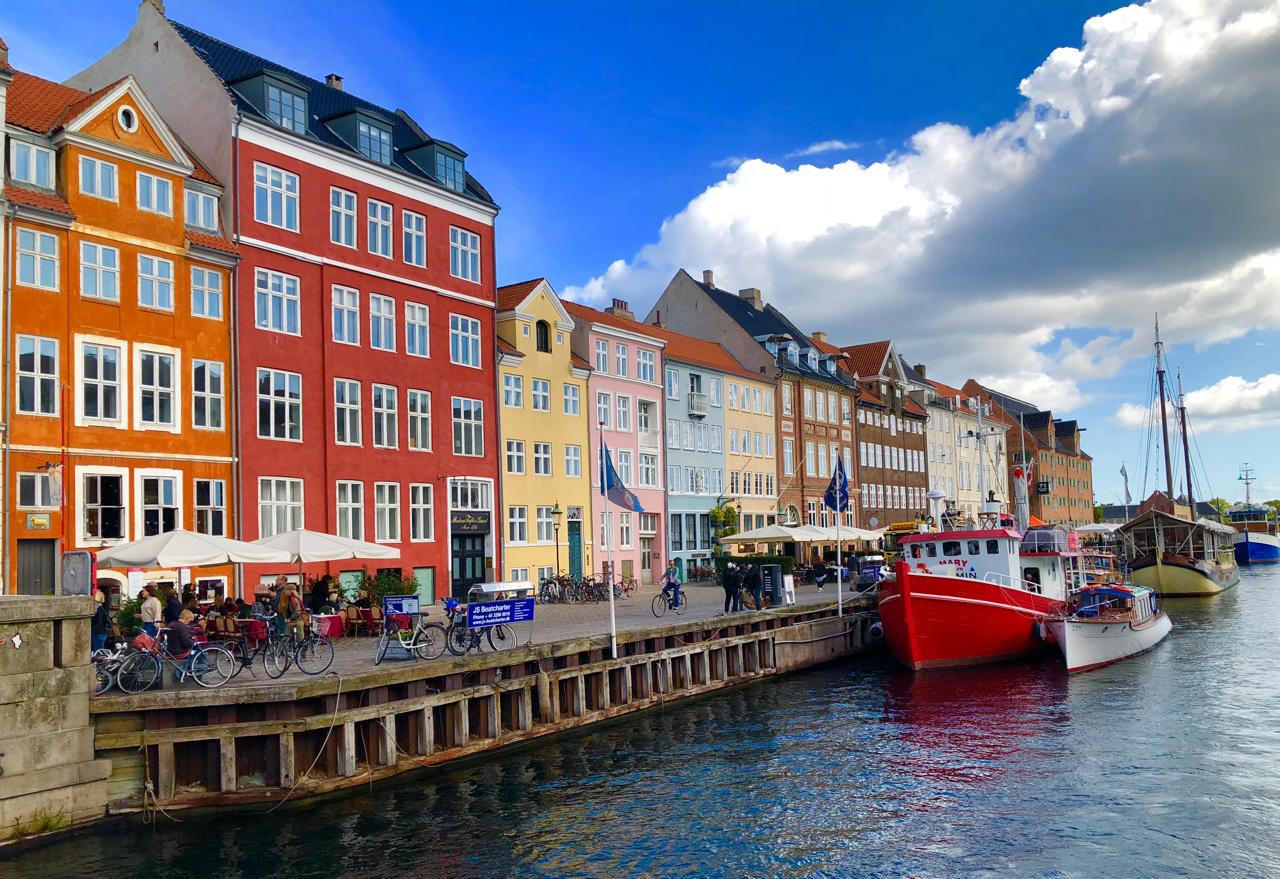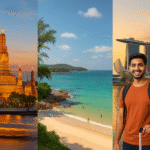Denmark has officially joined New Zealand’s updated Level 1 travel advisory list, signalling that it is generally considered a safe destination for Kiwi travellers. With this inclusion, Denmark now shares the “Exercise Normal Precautions” status with other nations such as Japan, Australia, Canada, Luxembourg, Poland, and Malaysia.
This update by New Zealand’s Ministry of Foreign Affairs and Trade (MFAT) reflects ongoing efforts to keep citizens informed and travel-ready. While Level 1 is the lowest risk rating in New Zealand’s four-tier advisory system, it still encourages vigilance against risks such as petty crime, natural disasters, and isolated security incidents.
Why Denmark Was Added to the Level 1 Advisory List
Denmark’s inclusion comes after a comprehensive review of its safety, infrastructure, and public risk profile. As one of the world’s most peaceful, developed nations, Denmark poses minimal threats to foreign tourists. Still, the MFAT advisory urges visitors to remain cautious in crowded urban areas, especially around major attractions in cities like Copenhagen and Aarhus.
The advisory specifically notes petty crime—like pickpocketing and bag snatching—as the primary concern in Denmark. These incidents most often occur at busy train stations, public transport, and popular shopping areas. Tourists are encouraged to use anti-theft bags, keep valuables out of sight, and avoid leaving items unattended.
Terrorism Risk: Low But Present
Although Denmark has not seen recent large-scale terrorist activity, the country remains vigilant. The threat level is considered general and unspecific, driven by concerns about lone-wolf actors or returning foreign fighters. As in other European countries, tourists should stay aware of their surroundings, avoid crowded demonstrations, and follow instructions from local authorities if an emergency occurs.
The advisory also highlights travel to Denmark’s remote territories, Greenland and the Faroe Islands. While safe, these areas pose logistical challenges due to extreme weather, limited medical facilities, and high evacuation costs. Travellers venturing to Greenland are strongly urged to carry travel insurance that covers emergency airlift and medical support.
Japan and Canada Remain Level 1 but Not Risk-Free
Japan, a top destination for New Zealanders, continues to hold Level 1 status. However, MFAT reminds travellers of the risks tied to nightlife districts in Tokyo—particularly Shinjuku, Roppongi, and Shibuya. Tourists should avoid drink-spiking and only visit reputable venues.
Natural disasters also pose a significant risk in Japan. As part of the Pacific Ring of Fire, the country frequently experiences earthquakes, typhoons, and volcanic eruptions. The NHK World-Japan app is recommended for real-time alerts in English. Visitors should also note the occasional North Korean missile tests, which, while not directly harmful, contribute to geopolitical tensions.
Canada also remains at Level 1, offering safe travel with some seasonal challenges. Winter snowstorms and ice conditions can disrupt road and air travel, while summer wildfires increasingly impact areas in British Columbia, Alberta, and the Yukon. Petty crime such as car break-ins and tourist scams is most common in urban hubs like Toronto, Vancouver, and Montreal.
Australia: Familiar Territory, Familiar Risks
Australia, New Zealand’s closest neighbour, is a top destination for Kiwi tourists and holds a Level 1 rating. However, MFAT advises travellers to remain aware of the country’s natural risks. Bushfires, especially in New South Wales and Victoria during summer, and cyclones in Queensland and the Northern Territory during the wet season, can cause serious travel disruptions.
Venomous wildlife—while rarely encountered—poses additional risk, particularly for those hiking in rural or coastal areas. Visitors should also remember that although New Zealanders receive a Special Category Visa (SCV 444) on arrival, failure to meet health or character criteria may result in visa cancellation or detention by Australian immigration.
Malaysia and Luxembourg: Low Crime, Specific Cautions
Malaysia, while largely safe, is divided in its advisory level. The east coast of Sabah, particularly near Sandakan and the islands off Semporna, remains under a Level 3 “Avoid Non-Essential Travel” due to crime and kidnapping risks. Meanwhile, urban centres like Kuala Lumpur remain at Level 1, where travellers should still guard against theft, scams, and drug-related enforcement.
Luxembourg—a small but influential EU nation—also joins the list. Petty theft on public transport and during festivals is the most noted concern. Though terrorism risk is low, tourists are advised to stay informed and avoid unattended bags or crowded demonstrations.
Poland: Safe with Special Notes for Dual Citizens
Poland remains a Level 1 destination, but travellers should avoid political rallies and be cautious of occasional public demonstrations that may disrupt transport services. Dual citizens of Poland and New Zealand are warned that Poland recognises only Polish citizenship within its territory. This may limit the assistance New Zealand consulates can offer in the event of legal or bureaucratic issues.
Key Travel Advice for All Level 1 Destinations
While these destinations are rated safest by New Zealand’s MFAT, tourists are urged to remain prepared:
- Monitor Local News: Stay updated on regional alerts and guidance.
- Secure Valuables: Use lockable bags and remain alert in crowded areas.
- Carry Travel Insurance: Ensure your policy covers medical evacuation, natural disasters, and cancellations.
- Avoid Protests and Large Gatherings: Even peaceful events can escalate unexpectedly.
- Follow Local Laws: Drug laws and public conduct rules differ significantly across nations.
Tourists visiting Schengen Area nations (such as Denmark, Poland, and Luxembourg) must carry valid identification, even though borders are typically open. Spot checks are common, and failure to show documents may lead to fines or delays.
Conclusion: Low-Risk Destinations Still Require Smart Travel Habits
Denmark’s inclusion on New Zealand’s Level 1 travel advisory list reaffirms its status as a modern, safe, and highly desirable destination. But like any international trip, preparation remains key. Whether visiting Copenhagen’s Tivoli Gardens, hiking in Canada’s Rockies, or enjoying Japan’s cherry blossoms, travellers should be aware of their surroundings, prepare for emergencies, and make informed choices.
New Zealand’s updated advisory system empowers citizens to travel smart while exploring the world’s safest and most vibrant destinations.
For the latest travel advisories, visit safetravel.govt.nz.
For more travel news like this, keep reading Global Travel Wire

